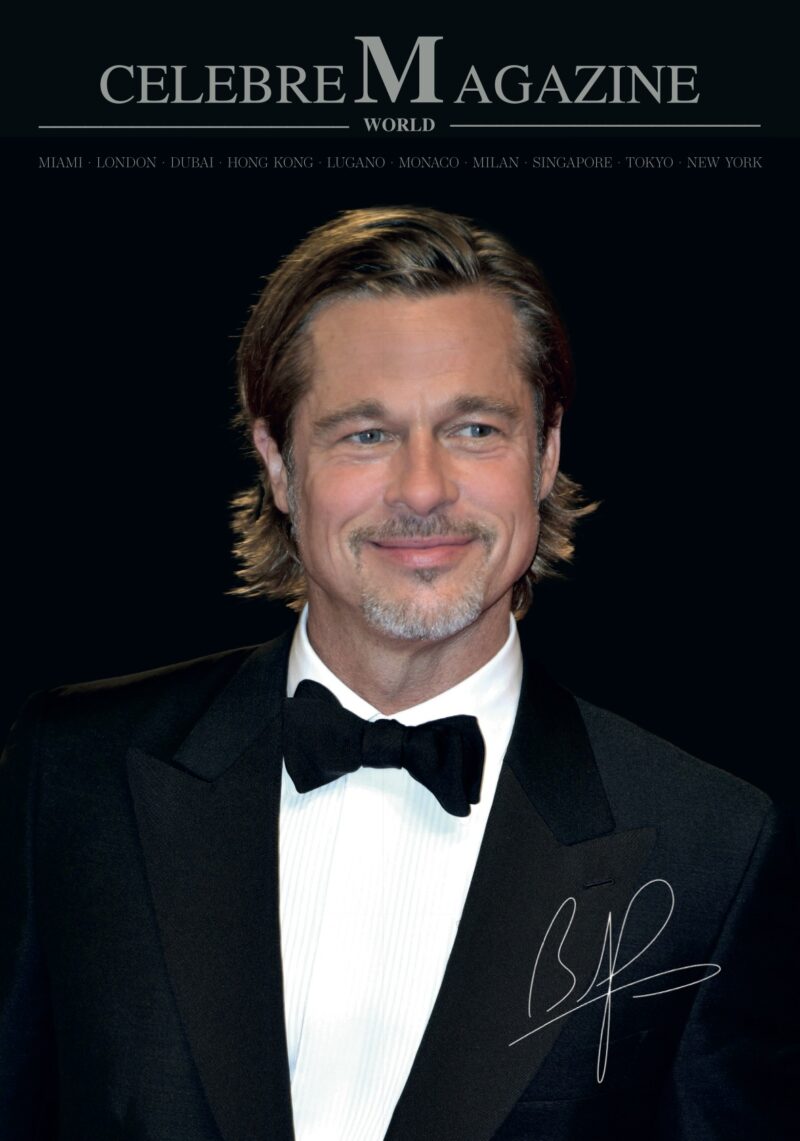Michelangelo saw the sculptor as an instrument of God sent to unleash all the energy of the statues enclosed within the stone, sculpting the raw material with a force that, as with the Prisoners, seems to burst forth from the centre of the Earth. And he summed up his vision by saying that “every block of stone has a statue inside it.”
According to Vasari, the artist believed that the tomb of Julius II was his most perfect work because it proposed a summary of the spiritual history of humanity, which Michelangelo Buonarroti interpreted as a battle of the soul against the earthly prison of the body, like a statue incarcerated in a block of stone, and liberation from sin.
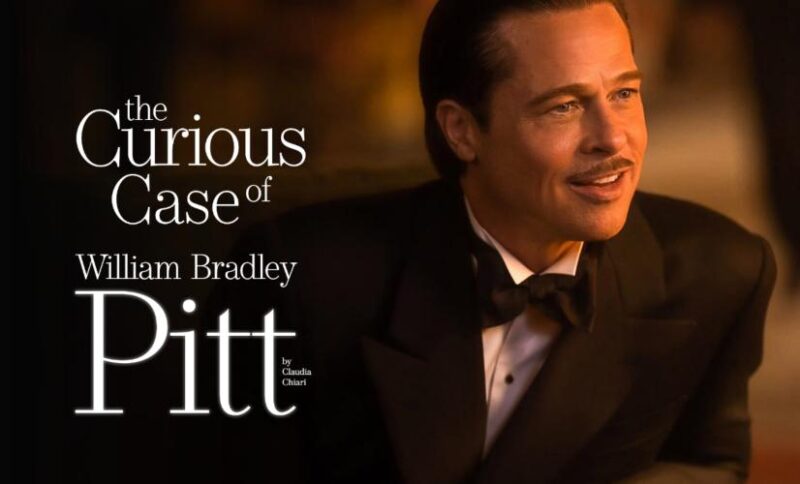
This belief reached its culmination in the Sistine Chapel, where we see Adam standing before God showing no fear towards Him because he was created in His image and likeness. Humanity is the subject we will discuss in this Iota edition of celebreMagazine: humanity with all the emotions it reveals each time it passes through the cathartic action of art.
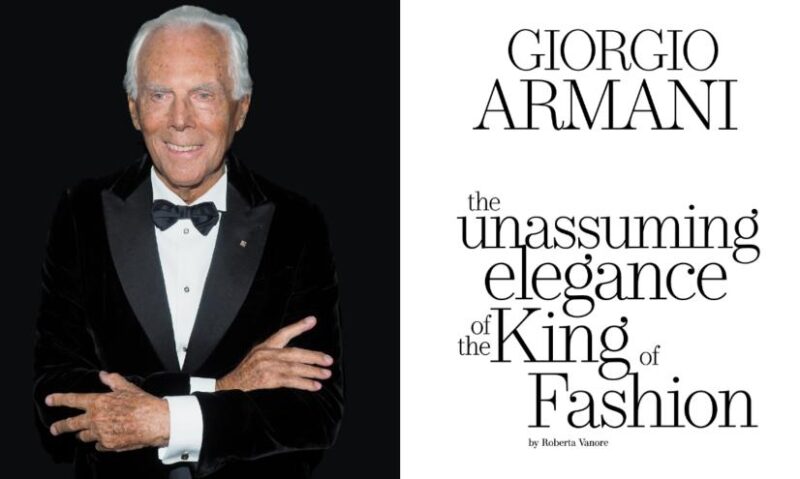
It is fascinating to retrace the steps of the famous artist who was discovered at the age of fifteen by Lorenzo de’ Medici in one of the academies of which he was the patron and was immediately struck not only by Michelangelo’s incredible talent but also by the attitude of defiance that would always set him apart. The faces of his marbles wear proud, heroic expressions, and their bodies are strong and flexible.
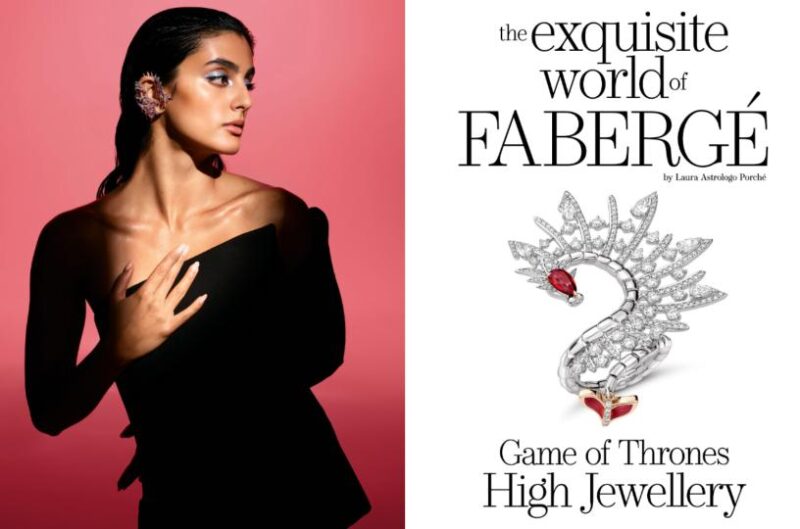
Even his paintings are sculptural, as the Tondo Doni cries out to us. We only have to gaze at David with admiration to testify to the tactile and robust beauty of Buonarroti; and if we turn our eyes towards La Pietà, we observe a profoundly intimate beauty, one that radiates understanding and an ability to love.
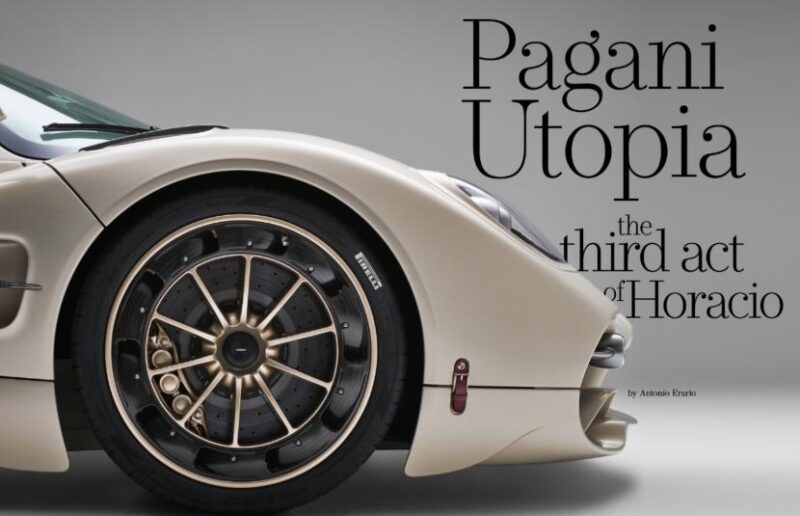
We tell the story of Horacio Pagani’s Utopia, which travels through an ideal world, of sound and speed interwoven between Ferrari and Bang & Olufsen. We write about the elegance of the King, Giorgio Armani, and his ability to give heart to fashion via his passion for Hollywood, from which he draws inspiration for his creations and for which he has written the history of costume.
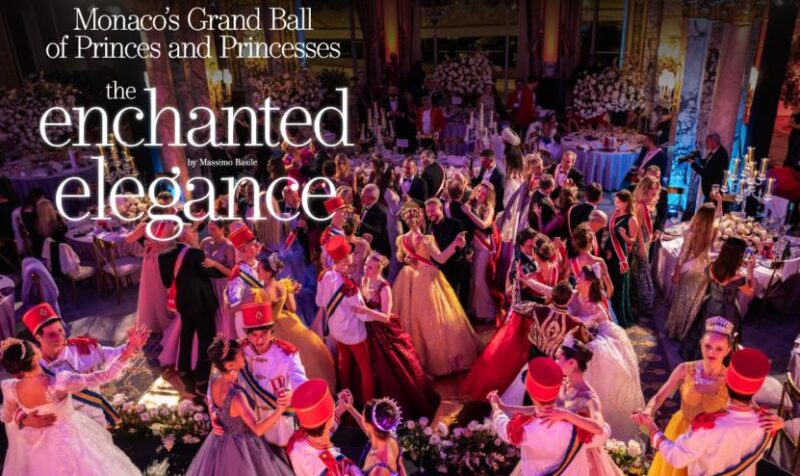
Finally – or rather to begin – we talk about the real lead character of the magazine to whom this issue is dedicated, Brad Pitt, about his humanity as well as his status as a movie star.
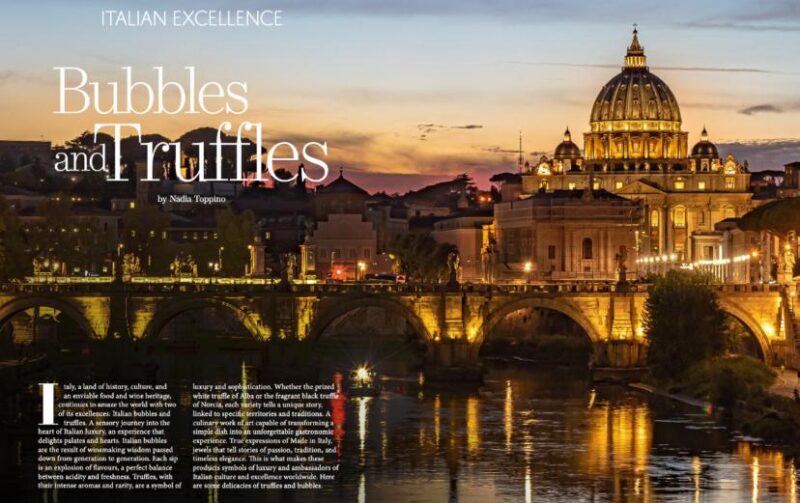
The way he has evolved, grown and honed himself as if he were searching for a personal leitmotif by exploring himself through the films he chooses to act in the ones he decides to produce, and the businesses in which he can play the role of an entrepreneur. The way he has changed his style on the red carpet and on the set, and how he has fallen, got up again, re-emerged, and transformed.
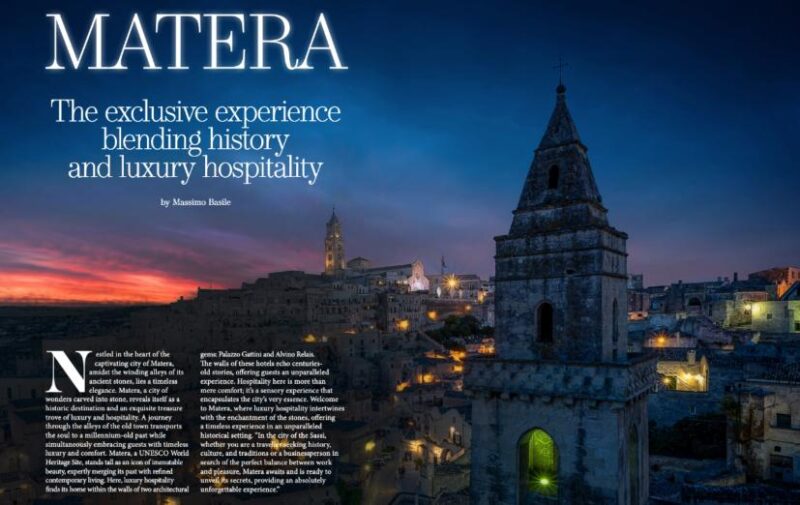
To use his own words: “It’s a question of intense artistic sensibility. And of a constant quest for beauty, a desire to create space for all possibilities”.
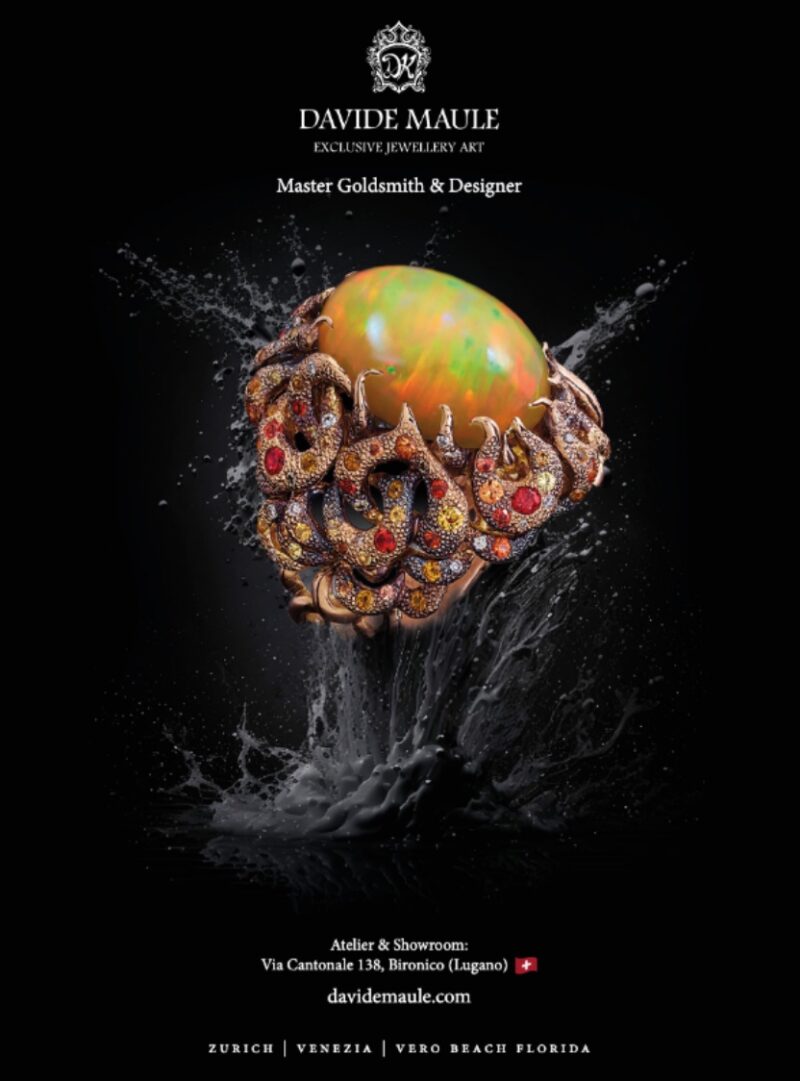
Article edited by Claudia Chiari, Editorial Director


